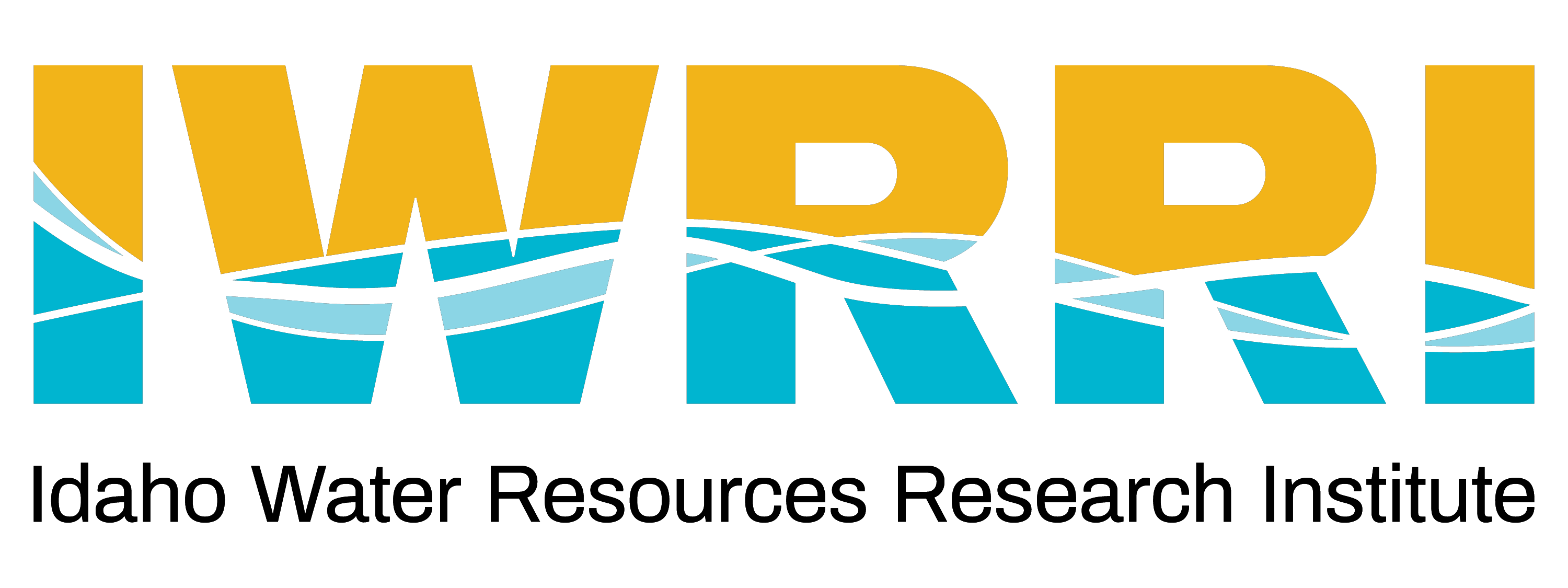A University of Idaho team, led by Professor Amin Mirkouei and supported by two recently graduated doctorate students, Rance Bare and Ethan Struhs, collaborated with the USDA Agricultural Research Service (Ken Overturf), U of I Aquaculture Research Institute (Brian Small) and the National High Magnetic Field Laboratory (Martha Chacón-Patiño, Amy Mckenna and Huan Chen) to design and custom-build an economical and sustainable water treatment system. This system was specifically developed to remove micronutrients, primarily phosphorus and nitrogen, from the wastewater of fish farms in southern Idaho (Magic Valley region). Through a series of laboratory and field studies, the team tested several unmodified and modified biochar-based water treatment systems. Their findings demonstrated that magnesium (Mg)-modified biochar, made from pinewood, effectively sequestered higher amounts of nitrogen and phosphorus over time. For more information, please check out the latest published articles at www.mdpi.com/2227-9717/11/10/2883 and www.mdpi.com/2227-9717/11/4/1029.
Similar Posts
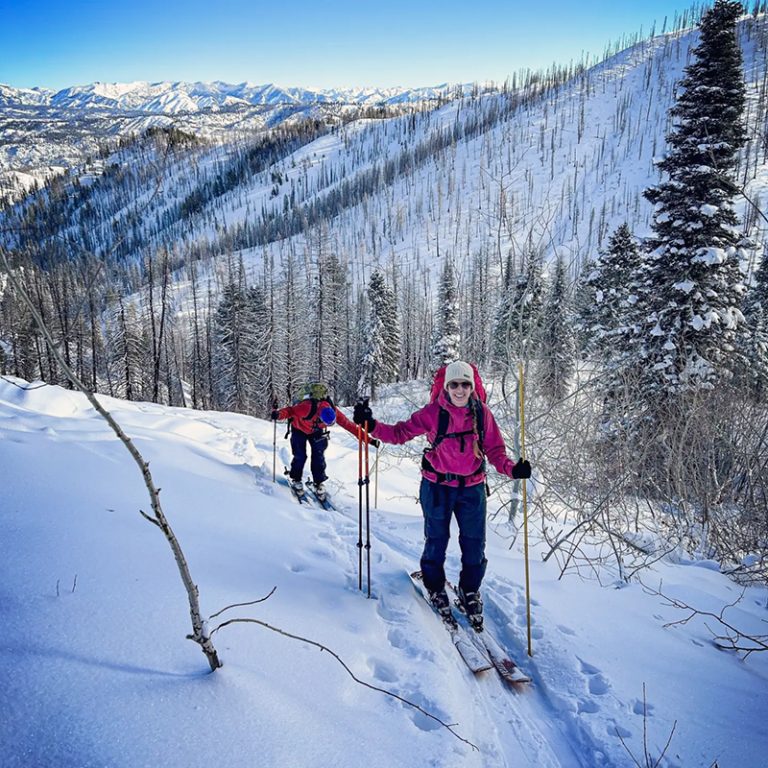
BSU Team Develop New Approaches to Estimating Contributions to Streamflow
Boise State University faculty Anna Bergstrom and her team investigated rain and snowmelt contributions to streamflow in the Mores Creek Watershed spanning the rain-snow transition zone in southwestern Idaho. Researchers commonly use naturally occurring water isotopes to track water sources allowing for the quantification of if streams are sourced from rain or snow. By developing new approaches to define rain and snow isotopic signatures, Bergstrom and team found that streamflow contribution estimates can vary by up to 20%, depending on…
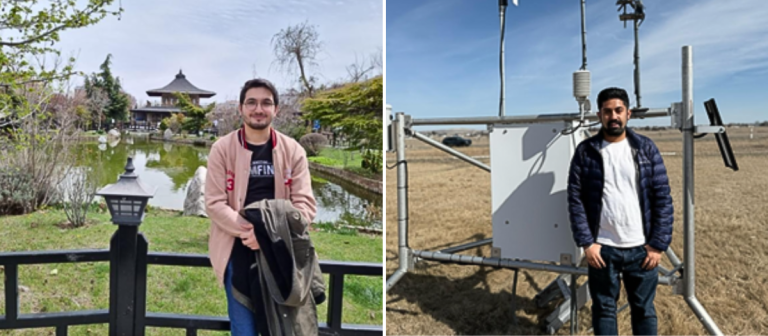
2025 recipients of the Joseph Jordan IWRRI Student Research Fellowship
The Idaho Water Resources Research Institute is proud to announce the 2025 recipients of the Joseph Jordan IWRRI Student Research Fellowship, Dinesh Gulati and Turker Anlaroglu. Established by the family of Joseph Jordan, the fellowship provides financial assistance and hands-on experience to University of Idaho students pursuing careers in water resources management. Fellows work directly with agencies, Tribes, nonprofits, and industry partners to address real-world water challenges. This year, both students contributed to a WaterSMART-funded project in collaboration with the…
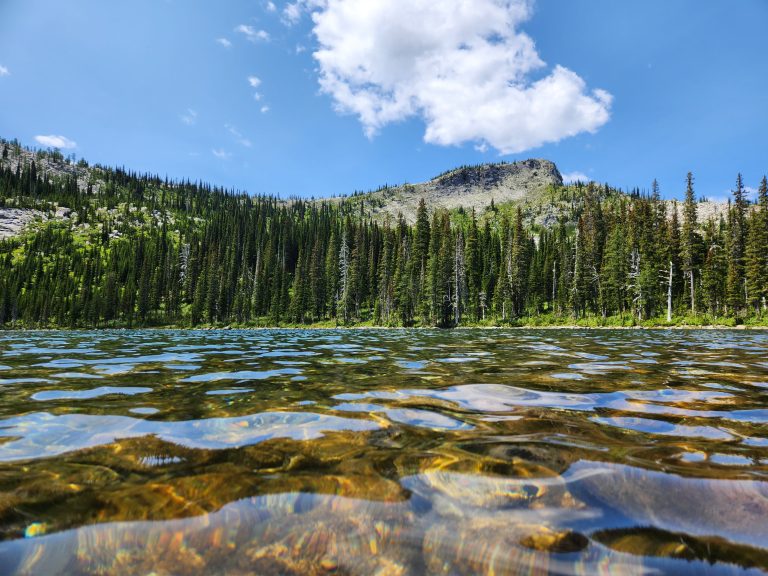
What do you value and why?
The following reflection was written and delivered by Post Falls resident, Jamie Esler, as part of Boise State University’s “Idaho Listens” event held at the Hagadone Event Center this past October. To learn more about Idaho Listens, or to watch all of the local speakers from the Coeur d’Alene Event, visit https://www.boisestate.edu/americanvalues/idaho-listens/ What do you value and why? The two of us sat on the ground within a few feet of each other but the berries were so thick we…

BSU Student Analyses Wildfire impacts on Snowpack
Master’s student Mason Bull recently won the Boise State University three-minute thesis competition and placed third at the state competition. Mason was partially funded by a research initiation grant from the Idaho Space Grant Consortium (Idaho NASA EPSCoR). His research is using the Landsat record to classify landscape composition and quantify landcover and vegetation change in one watershed in the Kenai Mountains of south-central Alaska and the Sawtooth Mountains of southwest Idaho. He is finding that places in Idaho that…
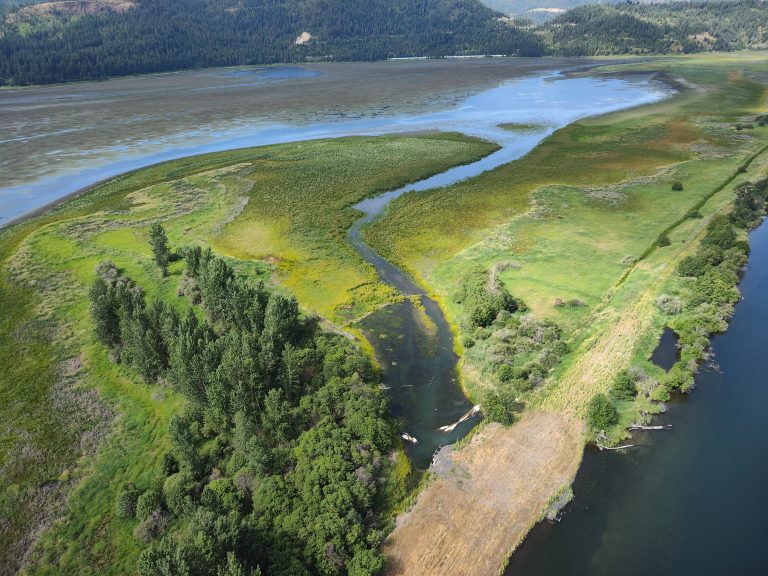
OUR GEM: Restoration Project Turns Back the Clock at Hepton Lake
By Angelo Vitale, Fisheries Division Manager Last year, the Coeur d’Alene Tribe wrapped up construction work on one of its most ambitious projects to date and something that has been in the works for more than a decade. The Snyihms he mulshu’lmkhw (Swimmer’s Landing among the Cottonwoods) Project is located adjacent to the lower St. Joe River a few miles west of St. Maries, Idaho. During the pre-settlement era, the site was a floodplain marsh and wet meadow and was…

U Of I Soil and water systems graduate student travels to Uzbekistan to help determine scope of water quality issues
Marina Steiner, a graduate student with Greg Moller in the Soil and Water Systems Department, travels to Uzbekistan to help determine scope of water quality issues, read more.
